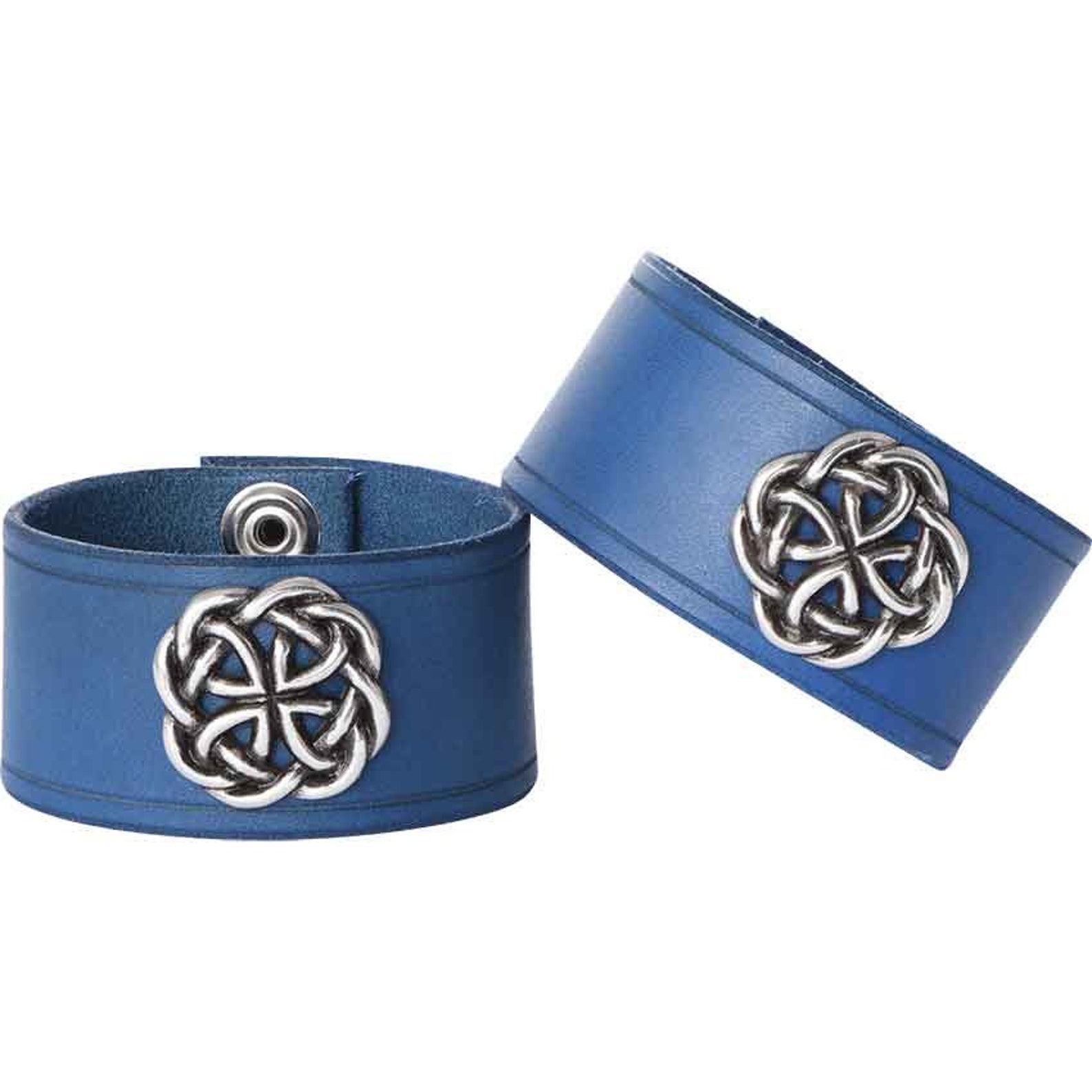

Plus, the arteries in your wrist lie closer to the surface of the skin, and that can affect the blood pressure reading you get. Why? It’s harder to place the wrist monitor correctly, and inaccurate placement can affect the reading. The Downsides of Wrist Monitors for Checking Blood PressureĪccording to the American Heart Association, wrist monitors for measuring blood pressure are less accurate than those that go around your upper arm. Although the wrist monitor might be easier and more convenient, there are some reasons to choose the arm monitor instead. When selecting a blood pressure monitoring device, you can choose a cuff that fits over your upper arm or one that you place around your wrist. Since there are so many devices available for monitoring blood pressure at home, checking your blood pressure is convenient and easy, and blood pressure monitors are affordable too. Fortunately, it’s easier than ever to check your blood at home with the availability of digital blood pressure monitors. It’s a good idea to measure your blood pressure at least twice a day - once in the morning and once in the evening - to get a better picture of how it changes throughout the day. When you check your blood pressure at home, you can vary the times you can get readings as soon as you wake up, throughout the day, and at bedtime. Not wise! It’s important to know how your blood pressure readings vary between morning and evening, and at different times of the day.įor example, some studies show that blood pressure spikes in the morning are linked with a higher risk of heart events, like a heart attack. After a visit to your physician, you might not check it again for another year when you go for a physical. Studies show that damage to the heart and other organs occurs early, even when blood pressure readings are only borderline high.Īlthough your doctor checks your blood pressure when you visit, that reading represents a single point in time and blood pressure can fluctuate markedly throughout the day. Hypertension becomes more common with age, and you want to diagnose it at the earliest stage possible to prevent complications. Whether you have high blood pressure or not, it’s important to monitor your readings and keep a record of the readings to show your doctor.
Shop Cathe Fitness Equipment & Accessories.The ulnar tunnel at the wrist (Guyon’s canal): Normal MR anatomy and variants. Variants, pitfalls and asymptomatic findings in wrist and hand imaging. Lippincott Williams & Wilkins.Ĥ Pfirrmann CWA, Zanetti M. MRI of the Upper Extremity: Shoulder, Elbow, Wrist and Hand. Accessory Muscles: Anatomy, symptoms and radiologic evaluation. 1999 172: 1397-1401.Ģ Sookur PA, Naraghi AM, Bleakney RR, Jalan R, Chan O, White LM. Muscular anatomic variants of the wrist and hand: Findings on MR imaging. Diagnosis depends on familiarity with the normal muscular anatomy of the wrist and being aware of places in the wrist where muscles should not exist.ġ Timins M. Sagittal T1-weighted (10a) and fat-saturated T1-weighted axial with contrast (10b) images demonstrate the extensor digitorum brevis manus muscle running along the ulnar side of the extensor tendon of the index finger.Īccessory muscles of the hand and wrist are usually incidental findings but can be a cause of compressive neuropathy or present as a palpable mass. Normally there should be no muscle tissue in Guyon’s canal at the level of the pisiform 3. It is seen radial and volar to the pisiform and inserts with the abductor digiti minimi (ADM) at the ulnar base of the 5th proximal phalanx, projecting into Guyon’s canal 1,2,3,4. The accessory abductor digiti minimi is the most common of the accessory muscles, present in as many as 24% of wrists, and bilateral in 50% 1,2,3,4,5. The key to diagnosis is knowledge of normal muscle anatomy, in particular being aware of spaces where muscles should not exist normally. Detection can be difficult because the muscles have the same signal intensity and overall appearance as the adjacent normal muscles and therefore do not attract the eye in the fashion of a typical mass 3. Most are asymptomatic, but they can be a cause of compressive neuropathy or a palpable soft tissue mass 1,4. Many accessory muscles have been described in the hand. The location, configuration and signal characteristics indicate an accessory flexor muscle.Īccessory flexor digitorum superficialis indicis muscle, most likely of the digastric variety. The proton density axial (2a), FSE IR axial (2b), T1 sagittal (2c) and T1 coronal (2d) images demonstrate a fusiform soft tissue structure (arrows) that runs along the flexor digitorum tendon of the index finger with signal intensity identical to the adjacent muscles.


 0 kommentar(er)
0 kommentar(er)
